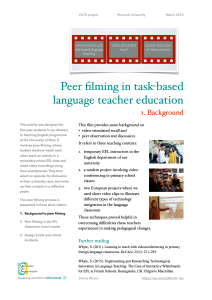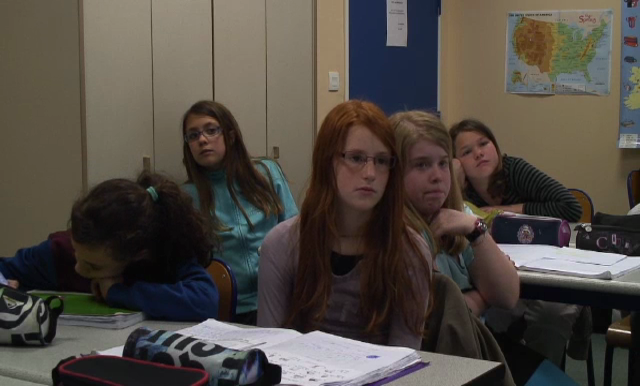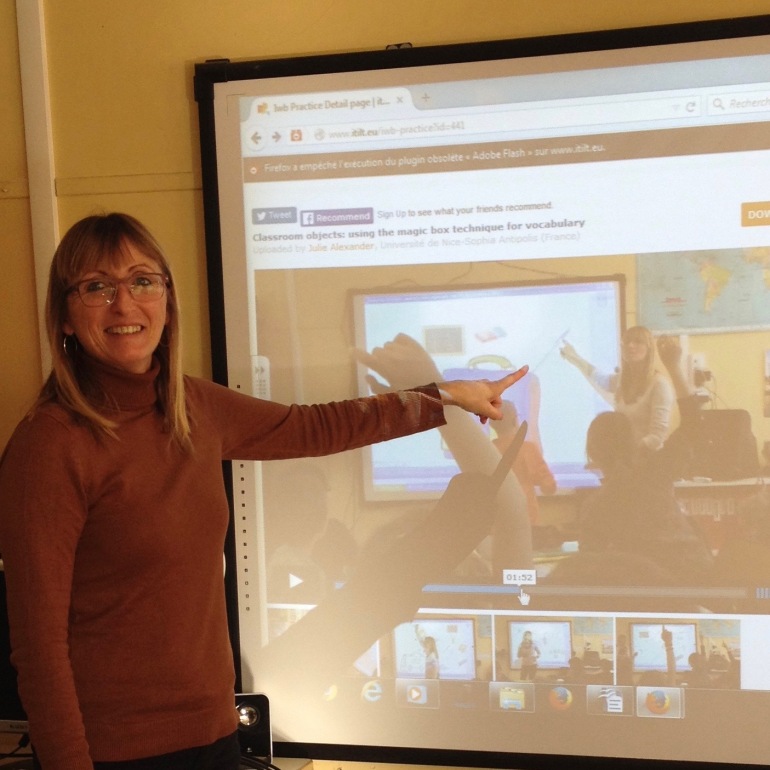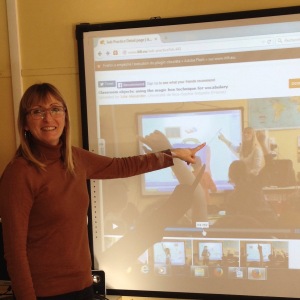
Summary of synthetic versus analytical syllabuses
their rationale derives from what is known about human learning in general and/or second language learning in particular rather than, as is the case with lexical, structural, notional, functional, and relational syllabuses, primarily from an analysis of language or language use
reject linguistic elements (such as word, structure, notion, or function) as the unit of analysis and opt instead for some conception of task
Synthetic syllabuses segment the target language into discrete linguistic items for presentation one at a time:
Different parts of language are taught separately and step by step so that acquisition is a process of gradual accumulation of parts until the whole structure of language has been built up. . . . At any one time the learner is being exposed to a deliberately limited sample of language. (Wilkins, 1976,p. 2)
Synthetic, that is, refers to the learner’s role:
The learner’s task is to re-synthesize the language that has been broken down into a large number of small pieces with the aim of making his [sic] learning task easier. (Wilkins, 1976, p. 2)
The synthetic syllabus relies on learners’ assumed ability to learn a language in parts (e.g., structures and functions) which are independent of one another, and also to integrate, or synthesize, the pieces when the time comes to use them for communicative purposes. Lexical, structural, notional, and functional syllabuses are synthetic.
Analytic syllabuses offer the learner target language samples which, while they may have been modified in other ways, have not been controlled for structure or lexis in the traditional manner. Users maintain that
prior analysis of the total language system into a set of discrete pieces of language that is a necessary precondition for the adoption of a synthetic approach is largely superfluous. . . . Analytic approaches . . . are organised in terms of the purposes for which people are learning language and the kinds of language performance that are necessary to meet those purposes. (Wilkins, 1976, p. 13)
Analytic, that is, again refers not to what the syllabus designer does, but to the operations required of the learner. Wilkins (1976) writes:
since we are inviting the learner, directly or indirectly, to recognize the linguistic components of the language behavior he [sic] is acquiring, we are in effect basing our approach on the learner’s analytic capabilities.
(p. 14)Updating Wilkins’ definition a little, analytic syllabuses are those which present the target language whole chunks at a time, without linguistic interference or control. They rely on (a) the learners’ assumed ability to perceive regularities in the input and to induce rules (or to form new neural networks underlying what looks like rule-governed behavior), and/or (b) the continued availability to learners of innate knowledge of linguistic universals and the ways language can vary, knowledge which can be reactivated by exposure to natural samples of the L2. Procedural, process, and task syllabuses are all examples of the analytic syllabus type.
Type A syllabuses focus on what is to be learned: the L2. They are interventionist. Someone preselects and predigests the language to be taught, dividing it up into small pieces, and determining learning objectives in advance of any consideration of who the learners may be or of how languages are learned. Type A syllabuses, White points out, are thus external to the learner, other-directed, determined by authority, set the teacher as decision maker, treat the subject matter of instruction as important, and assess success and failure in terms of achievement or mastery.
Type B syllabuses, on the other hand, focus on how the language is to be learned. They are noninterventionist. They involve no artificial preselection or arrangement of items and allow objectives to be determined by a process of negotiation between teacher and learners after they meet, as a course evolves. They are thus internal to the learner, negotiated between learners and teacher as joint decision makers, emphasize the process of learning rather than the subject matter, and assess accomplishment in relationship to learners’ criteria for success.
- they lack authenticity; some purport to be task-based but
- “seed dialogues and texts with the linguistic items of the day”
- use tasks as “carriers” for traditional syllabus items to “elicit particular structures”
- they assume a model of language acquisition unsupported by research findings on language learning in or out of classrooms […] research shows that people do not learn isolated items in the L2 one at a time, in additive, linear fashion, but as parts of complex mappings of groups of form-function relationships
- attempt to elicit immediate targetlike mastery of those forms. Where syntax is concerned, research has demonstrated that learners rarely, if ever, move from zero to targetlike mastery of new items in one step.
- the analysis is conducted on an idealized native-speaker version of that language. SLA research offers no evidence to suggest that nativelike exemplars of any of these synthetic units are meaningful acquisition units that they are (or even can be) acquired separately, singly, in linear fashion, or that they can be learned prior to and separate from language use.
SLA is sufficiently difficult that most learners’ attempts end in at least partial failure. Whatever the relative merits of one unit compared to another, therefore, the psychological processes involved in learning would seem to have priority over arguments concerning alternative ways of analysing the ideal, but rarely attained, product. While it also involves the acquisition of social and cultural knowledge, language learning is a psycholinguistic process, not a linguistic one, yet synthetic syllabuses consistently leave the learner out of the equation.
Reaction
Communicative and task-based methodologies […] owe more to constructivist learning theory. In this view, grammatical analysis is at least partially the responsibility of the learner. Constructivist linguist Thomas Cobb claims that
learning is more effective when it is the learner who reflects on the language and struggles to formulate rules, rather than the teacher: representations constructed from grappling with raw data, as opposed to representations resulting from someone else’s having grappled, are not just generally ‘better’ in some vague way but specifically are more successfully transferred to novel contexts and form a better preparation for further independent learning. (Cobb, 2006)
References
-
Cobb, T. (2006). Constructivism. Encyclopedia of Language and Linguistics.
Cook, V., & Newson, M. (2007). Chomsky’s universal grammar. New York: Wiley.
- Friedman, M. & Rosenman, R. (1959). Association of specific overt behaviour pattern with blood and cardiovascular findings. Journal of the American Medical Association. 169: 1286–1296. doi:10.1001/jama.1959.03000290012005.
- Krashen, S. D. (1985). The input hypothesis. London: Longman.
- Krashen, S. D. (1982). Principles and practice in second language acquisition. Oxford: Pergamon Press.
- Long, M. H., & Crookes, G. (1992). Three approaches to task‐based syllabus design. TESOL Quarterly, 26(1), 27-56. PDF
- White, R. V. (1988). The ELT curriculum. Design, innovation and management. Oxford: Basil Blackwell.
- Whyte, S. (2015). Implementing and researching technological innovation in language teaching: the case of interactive whiteboards for EFL in French schools. Palgrave.
- Wilkins, D. A. (1976). Notional syllabuses. Oxford: Oxford University Press.






























